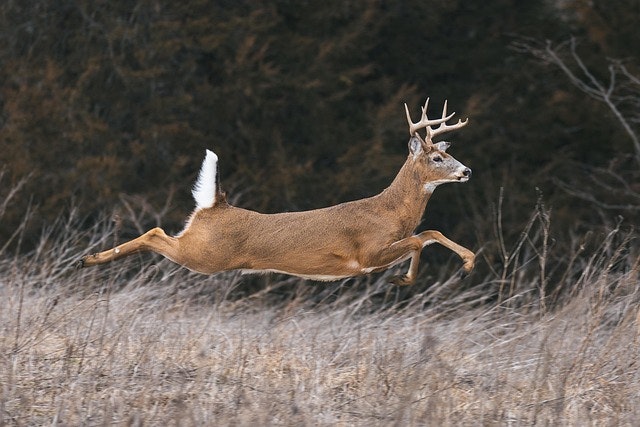Understanding the Seasonal Risks of Deer Collisions
The fall season brings a unique set of driving hazards for commercial drivers and fleet managers. With deer collisions peaking between October and December, now is the time to be extra cautious. These incidents can not only be dangerous but also financially disruptive, costing an average of $3,000 in repairs and contributing to over $1 billion in annual damages. For businesses relying on vehicles for continuity, these collisions can result in costly downtime and a loss in operational efficiency.
Essential Safety Tips for Commercial Drivers
- Be mindful of peak activity hours — dawn, dusk, and overnight: Deer are most active during these times. Increased vigilance can play a crucial role in preventing accidents.
- Always wear your seat belt for maximum protection: In the event of an accident, a seat belt can significantly reduce the risk of injury.
- Pay attention to deer crossing signs in high-traffic areas: These signs are strategically placed in regions with high deer populations. They’re not just for decoration; heed them to stay alert.
- Use high beams appropriately to increase visibility: When it's safe, using your high beams can help you see deer from a greater distance, giving you more reaction time.
- Look for more than one deer — they often travel in groups: If you see one deer, slow down and proceed with caution, as there may be more just out of view.
- Avoid swerving — brake firmly and stay in your lane: Swerving can cause you to lose control of the vehicle. Instead, brake firmly and avoid sudden movements.
- After a collision, move to safety, use hazard lights, contact law enforcement, and notify your insurance contact: It’s essential to manage the aftermath responsibly to ensure everyone's safety and document the event correctly.
Encouraging Proactive Driver Education
Preparation and awareness are your best defenses against deer-related collisions. Educating commercial drivers during this critical season is imperative in maintaining safety and operational continuity. Encourage your team to absorb and apply these tips, and ensure they understand the stakes.
Reassessing Your Risk Management Strategy
Aligning with these safety practices is part of a broader effort to protect both employees and vehicles. We encourage fleet managers to review their current commercial auto policies and consider additional risk management strategies. Effective planning now can mitigate potential downtimes and safeguard your operations.
Consider reaching out for expert guidance on reviewing and enhancing your insurance coverage to fit the specific needs of your fleet. By taking action today, you can help protect your business against unexpected disruptions tomorrow.

